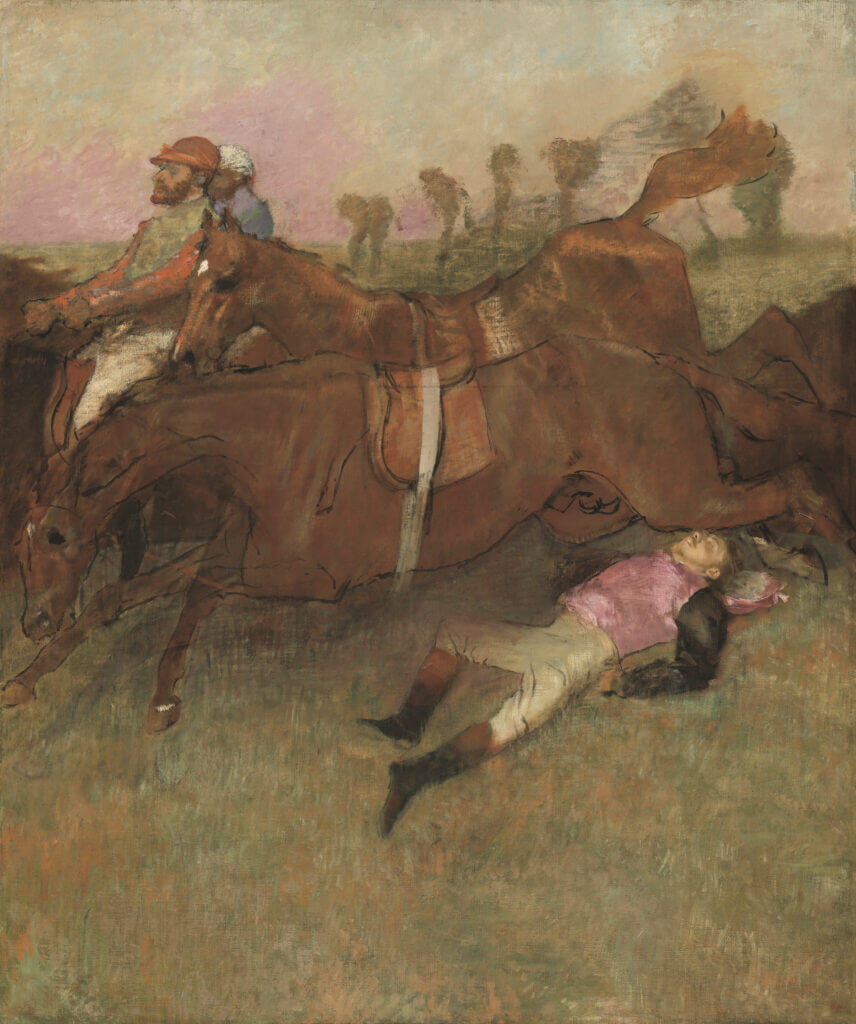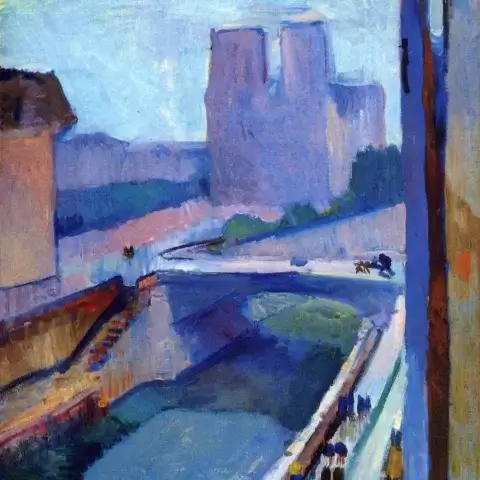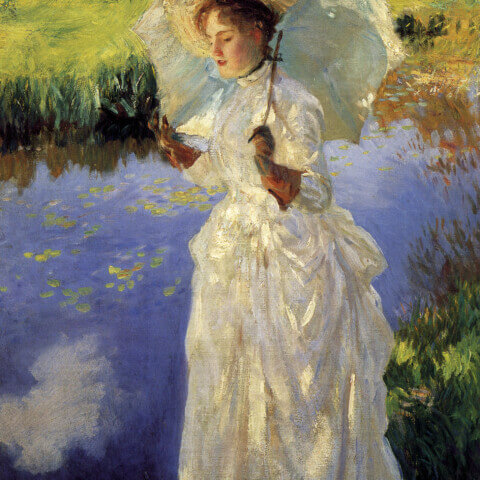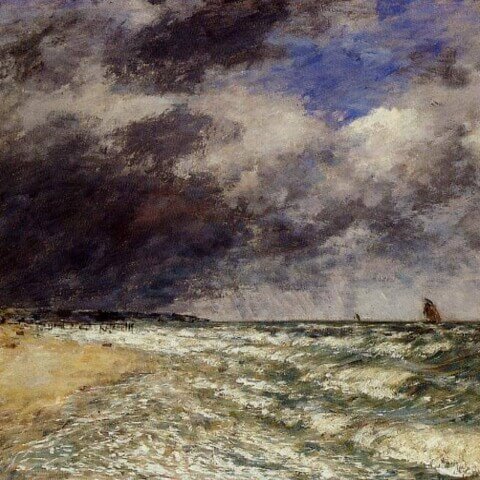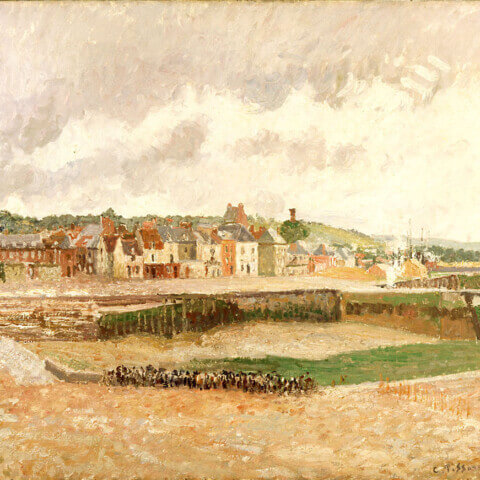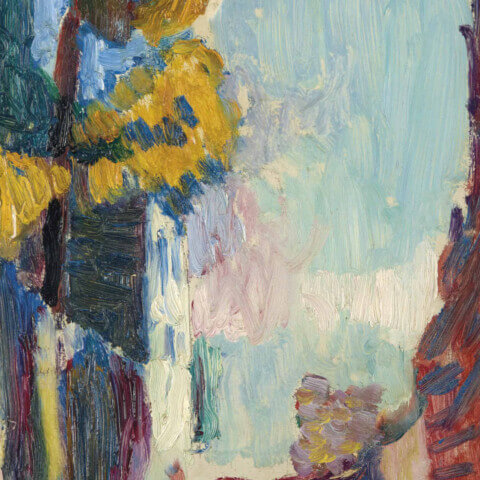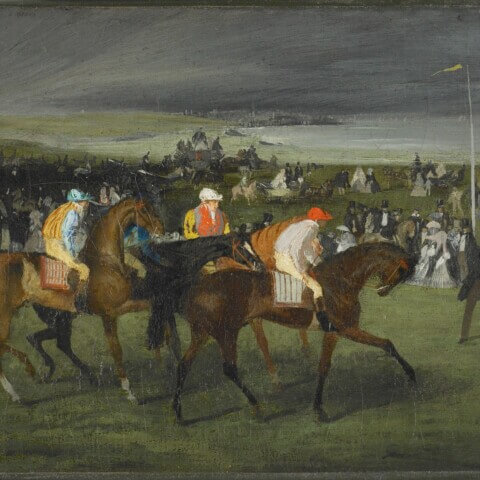Title: Edgar Degas – Scene from the Steeplechase, the Fallen Jockey: A Masterpiece of Movement and Drama
Year Painted: 1866
Edgar Degas, a prominent French painter of the 19th century, created a timeless masterpiece in 1866 with “”Scene from the Steeplechase, the Fallen Jockey.”” This extraordinary painting captures a pivotal moment in a horse racing event, showcasing Degas’ exceptional talent for conveying movement and drama.
In this artwork, Degas presents a chaotic scene where a jockey is depicted falling from his horse during a steeplechase. The composition is meticulously crafted, drawing the viewer’s attention to the dynamic action at the center of the canvas. The powerful brushstrokes and expert use of color bring the scene to life, allowing the viewer to feel the intensity and adrenaline of the moment.
What sets this painting apart is Degas’ ability to blend elements of both realism and impressionism. While he accurately portrays the physicality and anatomy of the figures, he also captures the fleeting nature of the scene through impressionistic techniques. The blurred edges and loose brushwork evoke a sense of movement and transience, reinforcing the ephemerality of the jockey’s fall.
“”Scene from the Steeplechase, the Fallen Jockey”” serves as a testament to Degas’ keen observation skills and his desire to depict everyday life. Beyond the thrilling spectacle of the racing event, the painting offers deeper layers of meaning. It becomes a reflection on the fragility of human existence, where ambition and pursuit of glory can result in sudden downfall. The fallen jockey symbolizes the risks and sacrifices inherent in the pursuit of one’s dreams, reminding us of the precarious nature of success.
This artwork also demonstrates Degas’ ability to capture the essence of a moment and freeze it in time. By immortalizing this fleeting event, he invites viewers to contemplate the passage of time and the impermanence of life’s triumphs and failures.
“”Scene from the Steeplechase, the Fallen Jockey”” holds a significant place in art history due to its technical brilliance, emotional depth, and profound thematic exploration. It stands as a testament to Degas’ innovative approach, bridging the gap between traditional realism and the emerging movement of impressionism. This painting continues to captivate audiences, serving as a reminder of the power of art to convey the complexity of the human experience and evoke a range of emotions.
At our art gallery, we take pride in offering comprehensive global shipping to our esteemed clientele. We understand the significance of your art acquisitions and the need to transport them with utmost care. Hence, we are committed to delivering your chosen paintings to any address worldwide and free of any additional charge.
Our reliable courier service partners are experienced in handling precious art pieces and ensure that your painting reaches you in pristine condition. We offer fully insured, door-to-door delivery, providing you with peace of mind that your artwork is protected during transit.
Moreover, to accommodate your unique framing preferences, we offer the distinctive service of sending your purchased artwork directly to any framer across the globe. This enables you to have your painting framed locally by your trusted framer, reducing the risk of damage during transportation.
Regardless of your location or your framer’s, we strive to make the process as seamless as possible. It is our goal to provide exceptional service that caters to your needs and ensures the safe delivery of your valuable artwork.
We invite you to experience our hassle-free, worldwide shipping service, which is aimed at delivering your prized art pieces safely and efficiently, wherever you may be.
Similar paintings
Join our newsletter
Signup for our newsletter and receive our inspiration guide and 20% discount on your first order!

